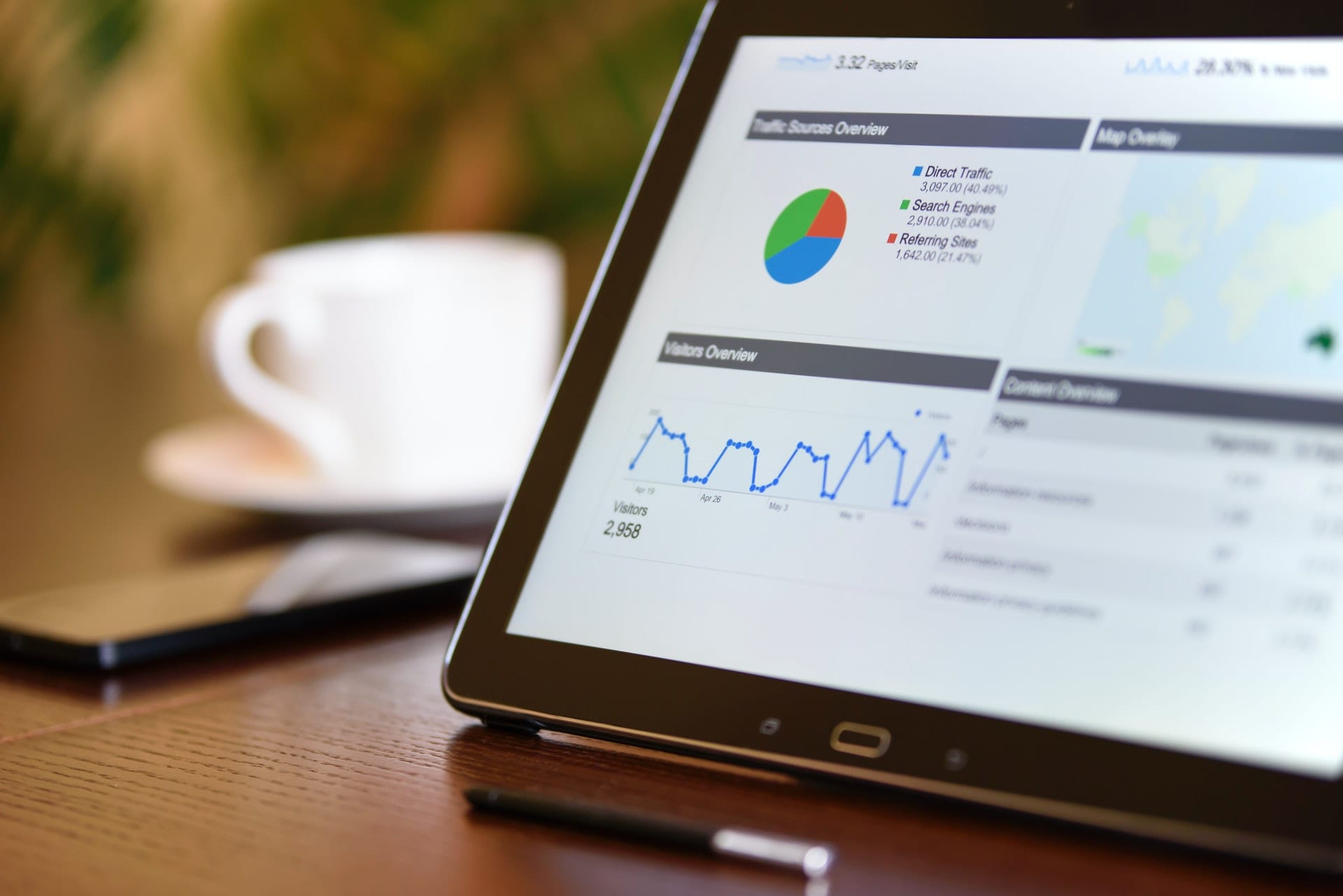How to Choose a Digital Marketing Partner
Digital marketing is crucial to the success of business these days. It’s also become a complicated and potentially time-intensive operation.
To handle it properly, you might be looking for a digital marketing partner. But how do you make sure the person you trust with this part of your business is the right one to trust?
Here are the things you want to get when choosing a digital marketing partner.
Get the Services You Want
When you choose a digital marketing partner, you want to make sure that they offer the services your business needs, including creative services and advertising services. At the same time, you don’t want to pay for additional services you don’t need. Even if services are supposedly a la carte, the company’s emphasis on extraneous services will take resources away from the services your business needs.
So before you start looking for a digital marketing partner, take the time to define your needs in terms of services, such as:
-
- Web design
- Video production
- Branding and logo design
- SEO
- Pay-per-click (PPC) advertising
- Social media advertising
- Content marketing
If an agency is close to providing all your needs, but might be missing one or two things, it might be worth checking if they have connections to provide the missing services.
Get Proven Success in Your Industry
Why hire a digital marketing partner who doesn’t know your business? Or why would you choose one who has no record of success?
When choosing a digital marketing partner, check their website for testimonials. Look at the websites of their clients, and even check how well their clients appear on the search engines or in social media. Do they have good rankings and high engagement?
Some will tell you to base your decision on the marketing agency’s website and/or social media, but this is dubious. A digital marketing company that spends too much time and energy marketing themselves might not be serving their clients well. They might depend on a rotating clientele of unsatisfied customers. Or they might just be focused on growth. It’s the performance of their clients that really matters.
Get Responsiveness
You want to find a digital marketing partner who will respond to your concerns and needs. A digital marketing company will never be more responsive than when they’re courting your business. If they’re not responsive now, they won’t be responsive in the future. So if a company takes a long time to respond or doesn’t adequately answer your questions now, they might not be a good fit.
Don’t forget to check whether a company has responsiveness built into their business plans.
Get Actionable Promises
Beware of companies that make promises they can’t necessarily deliver. A digital marketing company should make promises based on what they can control, such as increased traffic to your website, improved time on the website, better rankings on search engines, etc. If they are making promises based on things that are outside their control, you should be suspicious.
It’s also better if a digital marketing partner makes a promise that includes a way of measuring SEO metrics, often called key performance indicators (KPI). Common KPI include:
-
-
- Time on site
- Unique visitors
- Bounce rate
- ost-per-click
- Open rate for emails
- Traffic source
-
Others might be relevant to your business. The key is that your digital marketing partner should make promises that you can measure.

Get a Reasonable Price
Of course you don’t want to pay more for digital marketing than you have to. This can make you less likely to choose a digital marketing partner who seems too expensive.
But you should also be suspicious of a digital marketing partner who seems too cheap. They might not have the skill or experience to deliver the results you’re looking for and count on their low cost to bring in clients.
Try to get a good value, not just a low cost.
Let Us Be Your Digital Marketing Partner
Are you looking for a skilled, experienced, and reasonably priced digital marketing partner? At VEA Technologies, we’re prepared to offer you the marketing services your company needs and get results you can measure.
To learn how we can help you, please contact us today for a quote.

















